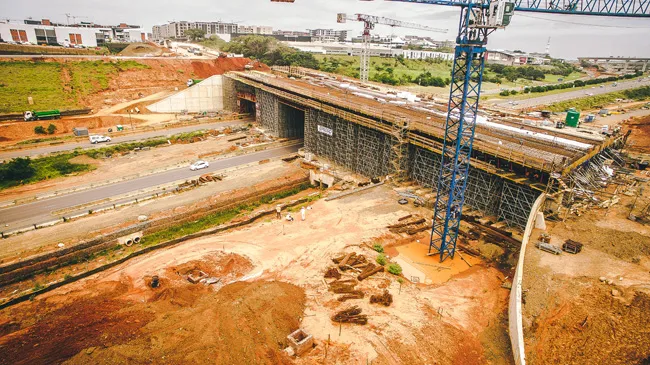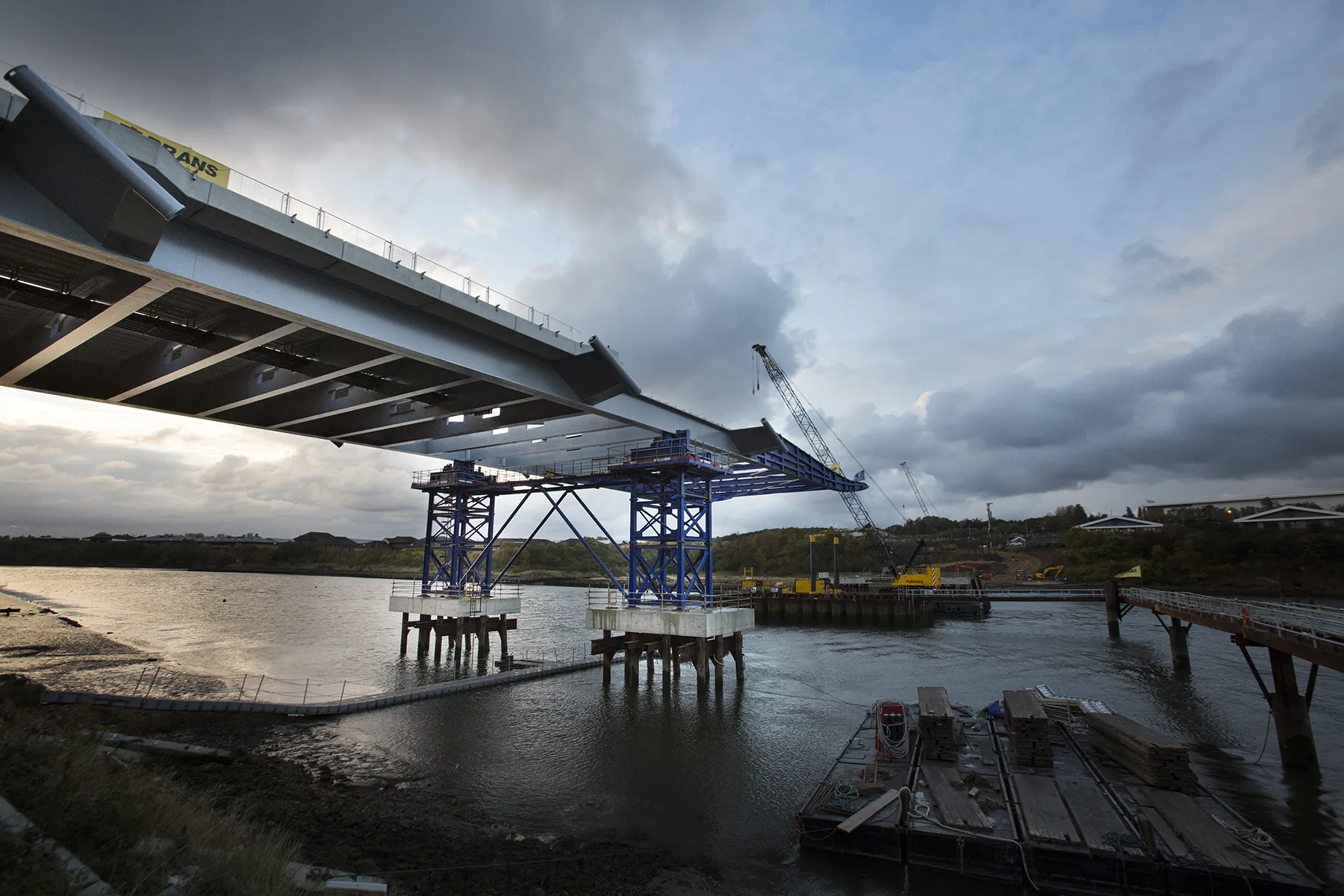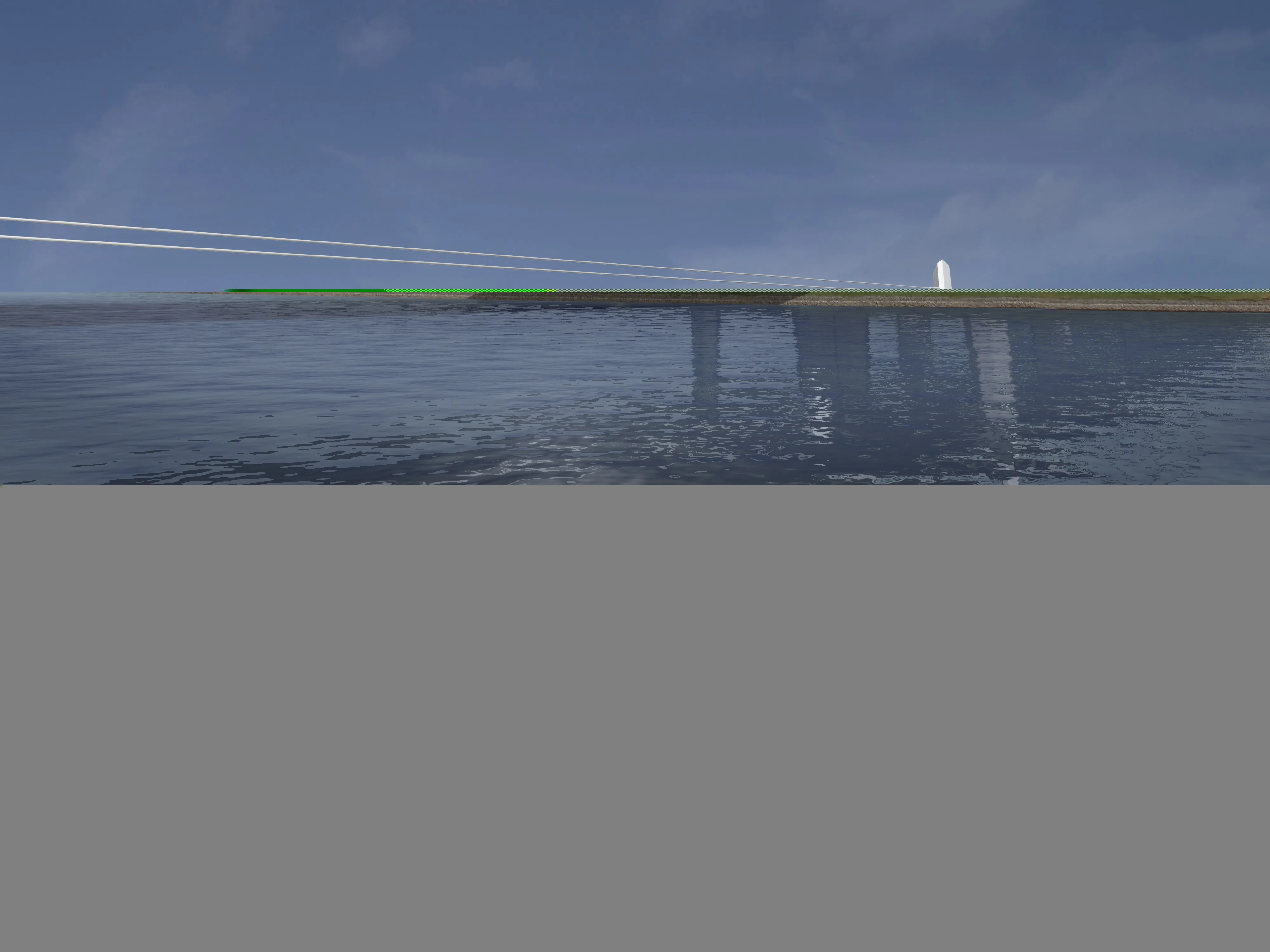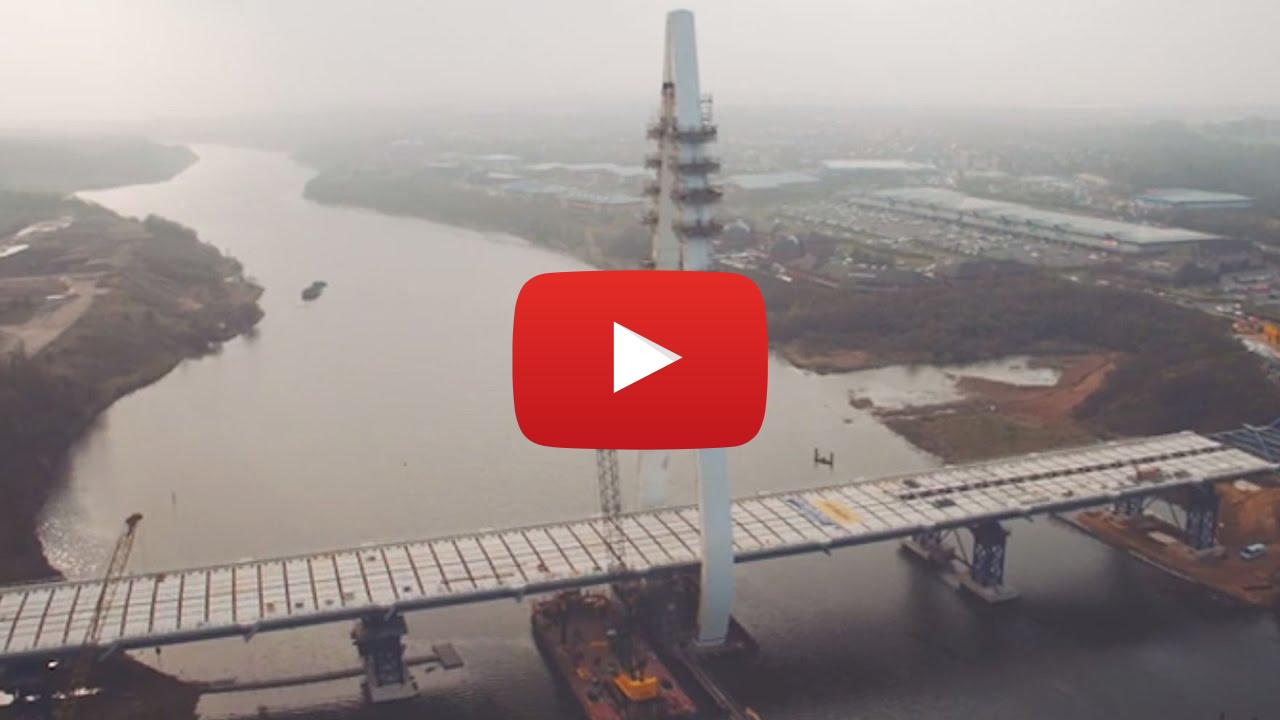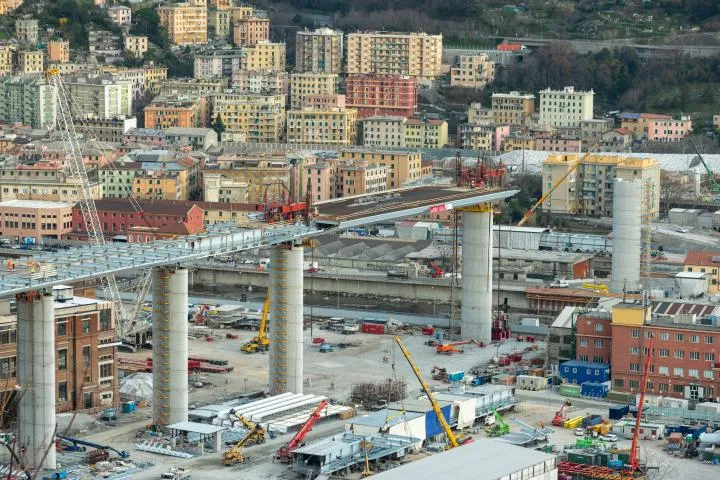
PerGenova, the joint-venture constructing the new Genoa Bridge, recently completed the last of the 18 elliptical piers – 40m-tall giants of reinforced concrete.
PerGenova – consisting of Salini Impregilo and Fincantieri – said that it reached the milestone in record time. At the moment, 10 of the 94m-long spans of the deck that will rest on the piers have been installed. In total, 19 spans will eventually cradle a continuous steel deck.
The spans needed to be raised more than 40m into the air and placed atop the piers. Also raised were 14 sidings that resemble wings along the side of the bridge, as well as fittings such as the sections that will facilitate the pouring of concrete. In light of the span’s weight, cranes were not used. Instead, strand jacks were brought it and used cables to hoist the span into place at a speed of 5m per hour.
The bridge replacement work follows the collapse of the old Morandi Bridge in 2018, causing fatalities. The new bridge also represents Progetto Italia, led by Salini Impregilo. The vision is for a new way of building complex infrastructure in Italy where private companies and public institutions come together to develop projects on time and to budget. The goal is to unblock stalled projects and to create innovative ways of working, according to Salini Impregilo.
“This [new bridge] is a unique project from a number of vantage points: there is the innovation and sustainability aspect, the speed at which the bridge is being built, the close public interest and the pressure that comes with it, the attention to quality and safety and, obviously, the very reason for the bridge to come into existence,” said Pietro Salini, chief executive of Salini Impregilo.
The project has up to 600 people working on site daily and more than 1,000 when including the supply chain. Progress can be followed in real time thanks to live streaming at the website www.pergenova.com which gets a round-the-clock feed from eight webcams.


